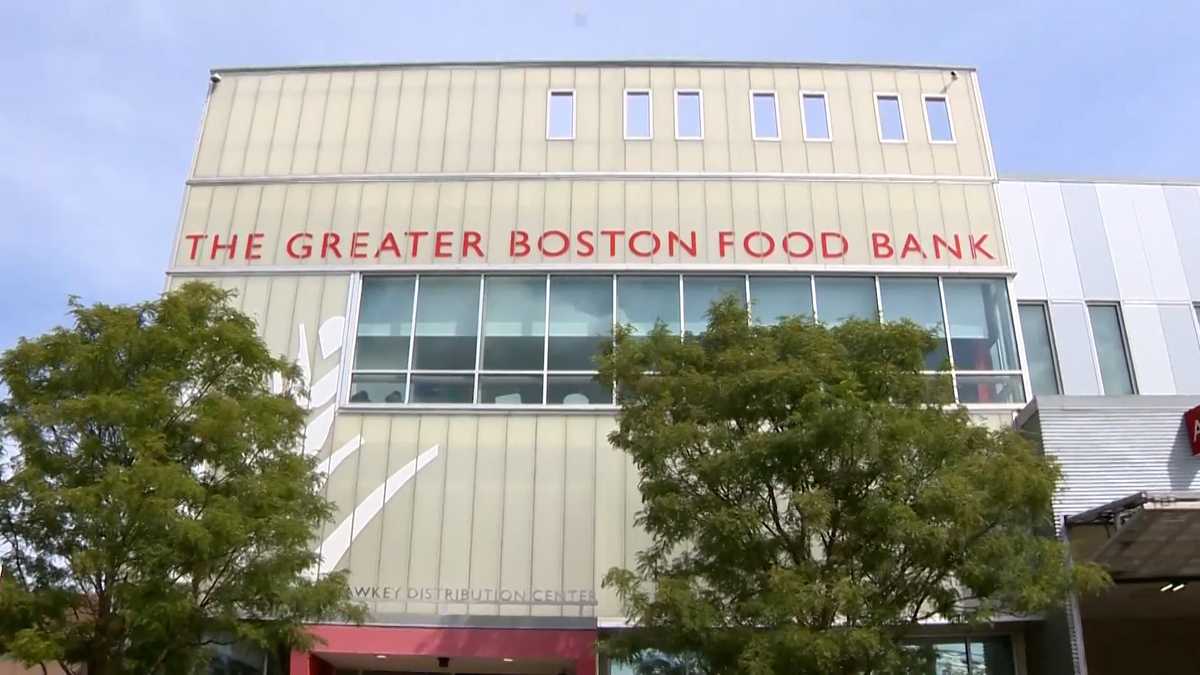
Food insecurity on the rise in Mass
Foodstuff insecurity in Massachusetts is staying set less than the spotlight with a study that identified a single-third of grownups struggle to get obtain to good diet statewide. A new survey carried out by the Larger Boston Foodstuff Lender located that 1.8 million people today or 32% of the state’s grownup population claimed they were meals insecure. “It seriously implies that that family members has answered that they really do not have ample money to get the foods that they’d like for an lively healthful daily life,” mentioned Lauren Fiechtner, the senior wellness and analysis advisor at the Bigger Boston Meals Financial institution.Fiechter discussed the root trigger of meals insecurity is family members not creating more than enough income to get the food stuff they’d like for an active and balanced life style. “Families are having difficulties to choose do they pay out their utilities expenditures,” Fiechter mentioned. “Do they fork out their gasoline charges do they shell out for groceries and so which is what people are definitely struggling with in Massachusetts.” The report specific that reasonings for these insecurities included increasing inflation, end of pandemic help and grocery store costs, which jumped 6.5 % final calendar year. As a end result, the all round quantity of persons who are food insecure has developed by 200,000. The analyze, which happened in late 2021 and early 2022, expands on the findings of the very first review done the previous yr. Its results involve a disproportionate amount of food items insecure respondents who discover as Latinx or Black. New data gives perception into food insecurity when it comes to gender identity and sexual orientation. “LGBTQ+ was 51 per cent of grown ups in Massachusetts determined at some position that they did not have plenty of funds to invest in the food items that they wished,” Fiechtner explained.The new report specific that 45% of qualified grown ups really do not use the Supplemental Diet Aid Plan and 70% of all those not enrolled didn’t even know they skilled for the aid.
Foods insecurity in Massachusetts is currently being set less than the spotlight with a survey that identified one-third of grown ups struggle to get access to correct diet statewide.
A new study executed by the Higher Boston Foods Bank identified that 1.8 million men and women or 32% of the state’s grownup inhabitants mentioned they were meals insecure.
“It actually signifies that that family has answered that they do not have enough cash to get the foods that they’d like for an lively healthful life,” claimed Lauren Fiechtner, the senior health and investigate advisor at the Bigger Boston Foods Lender.
Fiechter defined the root induce of foods insecurity is people not building sufficient revenue to get the food they’d like for an active and healthy life-style.
“Families are having difficulties to make a decision do they fork out their utilities costs,” Fiechter claimed. “Do they fork out their gas expenditures do they fork out for groceries and so which is what households are definitely struggling with in Massachusetts.”
The report specific that reasonings for these insecurities bundled climbing inflation, close of pandemic help and grocery keep costs, which jumped 6.5 % final yr. As a final result, the general amount of people who are food insecure has developed by 200,000.
The review, which happened in late 2021 and early 2022, expands on the conclusions of the to start with review done the previous calendar year. Its results contain a disproportionate variety of food insecure respondents who identify as Latinx or Black. New information delivers perception into foodstuff insecurity when it arrives to gender identity and sexual orientation.
“LGBTQ+ was 51 p.c of adults in Massachusetts recognized at some position that they didn’t have ample dollars to get the meals that they required,” Fiechtner said.
The new report detailed that 45% of suitable grownups really don’t use the Supplemental Nutrition Aid System and 70% of these not enrolled didn’t even know they certified for the assistance.
